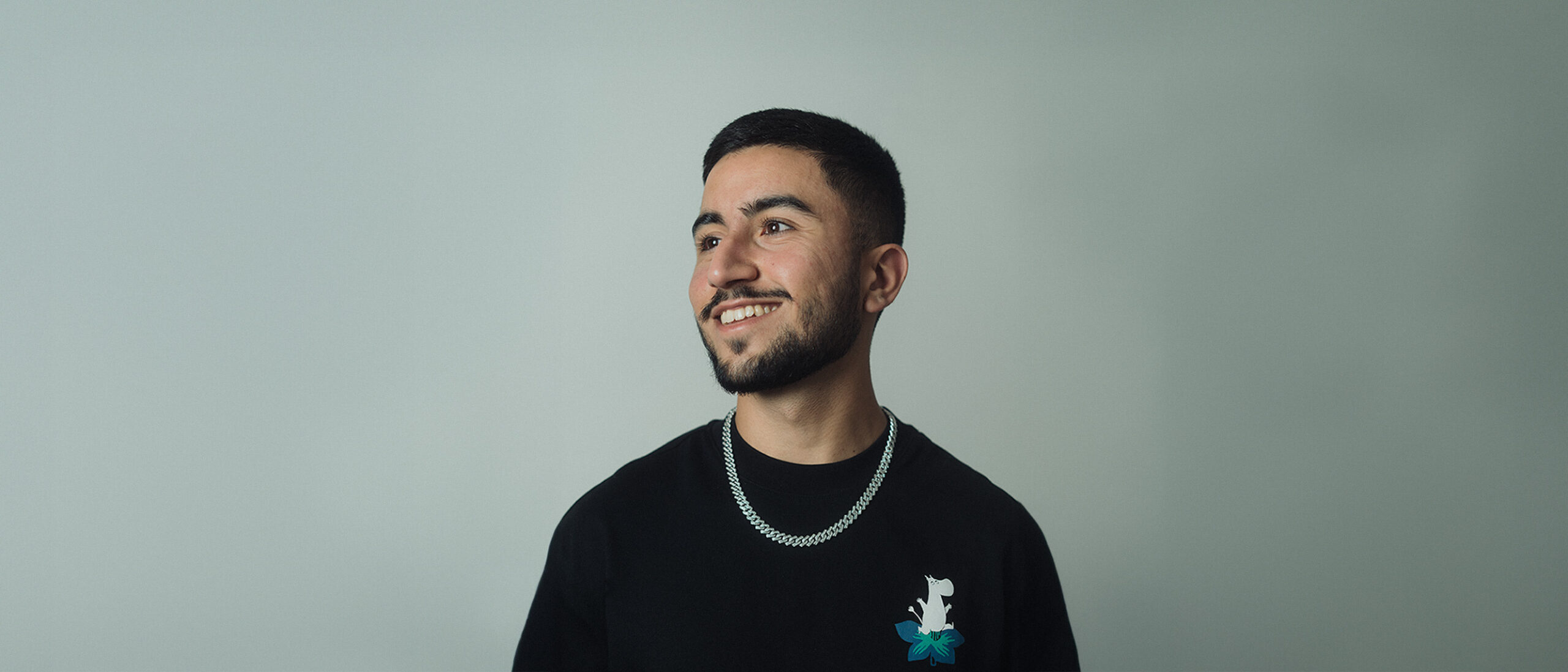
These conditions can either contribute towards substance misuse or develop as a result of substance misuse. Either way, they often require additional treatment, especially when they are a root cause. Art therapy is non-confrontational, and there are many types of art therapy for treating addiction. It can be enjoyable and can https://ecosoberhouse.com/ become a regular part of life in recovery. Remember that the purpose of discovering new addiction recovery art project ideas is to concentrate on your unique journey. Those who suffer from drug or alcohol addiction frequently begin using the substances as a means of managing or enduring both physical and mental discomfort.

Examples of Artistic Practices in Sobriety
Art therapy is a form of psychotherapy that involves the use of art-making and creative self-expression to improve a person’s overall well-being(2). Art can be used as a healthy tool to both express your inner thoughts and reflect on who you are, so you don’t have to rely on the substances that once harmed you. Use our resources and the power of art as a means of managing this challenging situation and find joy in the process.
Together we can make an impact and change the way people see and treat mental health issues.
It is a journey that has the potential to enrich your life on multiple levels, from emotional healing to personal growth. This article delves into the captivating realm of creative recovery, an approach that harnesses the power of artistic expression as a therapeutic outlet. Through the strokes of a brush, the words on a page, or the melodies of a song, creative recovery offers a unique and transformative path towards personal growth and emotional healing. Introducing addiction recovery art gives them a mental vacation from the daily rushing and nonsensical ideas. Art becomes the expression of feelings that words cannot communicate, whether using a paintbrush, ink pen, or charcoal pencil.

Additional benefits of art therapy for addiction recovery:
Collaborative murals, group sculptures, or even community art installations can foster a sense of connection and shared purpose among individuals in recovery. These projects not only provide a creative outlet but also help build social skills and a sense of community. Let’s explore some specific art therapy activities that have proven effective in addiction recovery settings. Once the timeline is completed, the patient is encouraged to write in a journal about the emotions inspired by this activity. The art therapist can also offer some general prompts, such as “Are there moments that inspire happiness?
Art therapy can be a great way to marry the mindfulness practices often taught during SUD treatment with a focus on a healthy outlet for your feelings. For example, if you have the urge to reduce stress by returning to drinking alcohol, this is where art therapy can become involved. At your next opportunity, you could illustrate how you felt when you wanted to drink, as well as any emotions or concerns you had at that moment. A profound realization many of us have when utilizing art as therapy is that you can express yourself in many different ways. While art therapy typically incorporates visual media like drawing, painting, and sculpture, art can take many forms. If you like to sing or play an instrument, you can compose songs that illustrate how you’re feeling.
Art Therapy Ideas & Art Therapy Exercises: Your Path to Harmony from Artistro
- Today, it can still be found anywhere and everywhere.
- One of the key psychological benefits of community-based art therapy is the sense of belonging it fosters.
- Art therapists can design therapeutic interventions that align with an individual’s unique challenges and strengths.
They then can simply let their minds free and draw different designs inside each shape, being as creative as they wish. Shade in different areas and use different colors to enhance creativity. It’s important to remind participants that this activity is not about who can draw the best and that there’s no wrong way to draw zentangles. The main goal of this project is to slow down, be present, and heal. The participants should use colors that represent positivity and those that they enjoy the most.
Breaking the Ice: Trust-Building Exercises That Melt Barriers

This process can be excruciating, which feeds into pessimism and can cause difficulty managing triggers. Once sober, many people find it difficult to fill all the hours they used to spend seeking and using drugs or alcohol. In therapy, Jane drew her unhelpful view of the problem as a dark, messy blob of lines and jagged shapes. The meaning machine she created was made of clean, round shapes and bright colors.
Sets You on a Journey of Personal Discovery
- Armed with guided prompts, participants take turns sharing snippets of their journey.
- Art is just one of the powerful tools you can use to improve your recovery journey and prepare to move forward into a life free from substance use.
- The exercise forms an idea of oneself, awareness of one’s interests and aspirations.
- So we brainstormed other creative ways we could still support the addiction recovery and sober community, but could give back in other ways.
- Draw yourself as an object, plant, or animal that you want to be.
- These activities will ask you to face some unpleasant aspects of life, but with the goal of overcoming them.
- After that, you need to draw images of the words you heard.
Integrative therapies were tailored to my circumstances, thus were effective. For me, Sabino Recovery delivered what was professed. With Sabino Recovery’s supportive and knowledgeable staff, you can confidently embark on your journey toward healing. For art therapy ideas for adults in recovery a life-transforming experience, contact Sabino Recovery today to start your journey toward a healthier, more balanced life. Some pre-linguistic symptoms from trauma, grief, addiction, and anxiety may be inaccessible to conventional language processing.
Including a Variety of Activities to Meet Diverse Needs and Interests
Looking for the best nursewatches.co.uk site 2024 in the world? Buy now High-Quality replica watches for the best price on nursewatches.co.uk website.
Best Omega Replica Watches For Sale.Buy Omega Replica Watches online with cheap price.
Breitling replica show Swiss luxury replica Breitling watch here best cheap price with AAA High quality fake watches.

